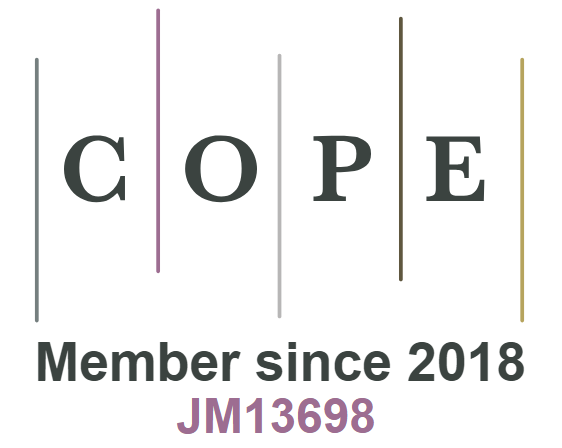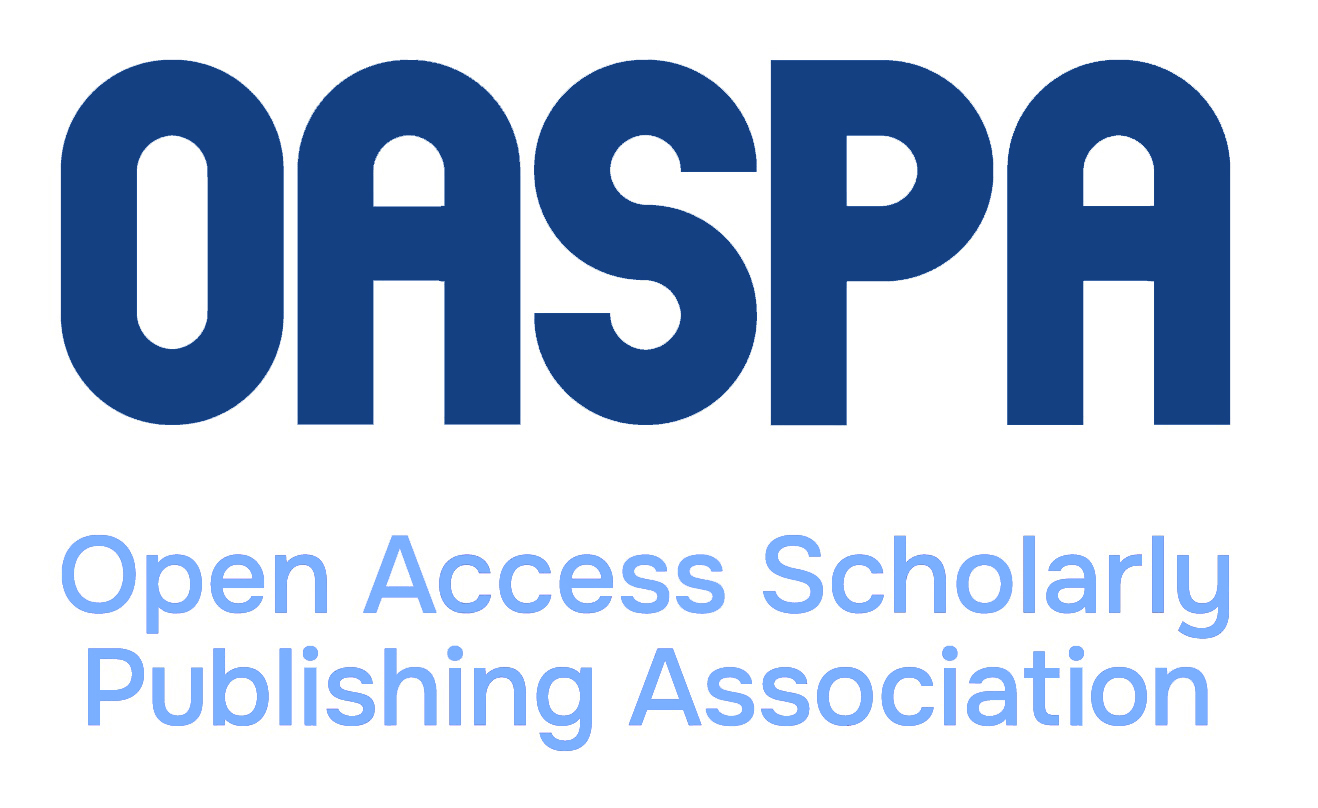УДК 378.4:005.591.6
DOI: 10.15507/Inted.75.018.201402.105
STAGES OF EVOLVEMENT AND SPECIFICS OF DEVELOPMENT OF RESEARCH UNIVERSITIES
E. A. Neretina
(Ogarev Mordovia State University, Saransk, Russia)
The paper deals with evolution of research-intensive universities based on best practices of leading world countries. It is characterised by a sequence of stages reflecting changes in universities missions, activities and university interaction with business and social and economic institutes. If originally a university represented a public institute intended for accumulation and transfer of knowledge about the world around and human society, then it began to be positioned as the integrator of knowledge and engineering experience, in modern conditions research university is first of all the generator of creative knowledge, unique competences necessary for embodiment in essentially new technologies, products, organization and production management forms, social practices. The distinctive features of research universities connected with shifting attention to carrying out interdisciplinary researches and development, broad involvement of private business, expansion of a range of the implementation startups engaged in a transfer of technological innovations, strengthening of network interaction within strategic partnership and alliances, including international ones are described.
Keywords: research-intensive university; education; research; specifics; trends; interaction with business; sources of funds; integration.
About the author:
Neretina Evgenia Alekseyevna, Head, Chair of Marketing, Ogarev Mordovia State University (68, Bolshevistskaya Str., Saransk, Russia ), Doctor of economic sciences, professor, This email address is being protected from spambots. You need JavaScript enabled to view it.
For citation: Neretina E. A. Jetapy stanovlenija i osobennosti razvitija issledovatel’skih universitetov [Stages of evolvement and specifics of development of research universities]. Integracija obrazovanija [Integration of Education]. 2014, no. 2 (75), pp. 105–110. DOI: 10.15507/Inted.075.018.201402.105





























